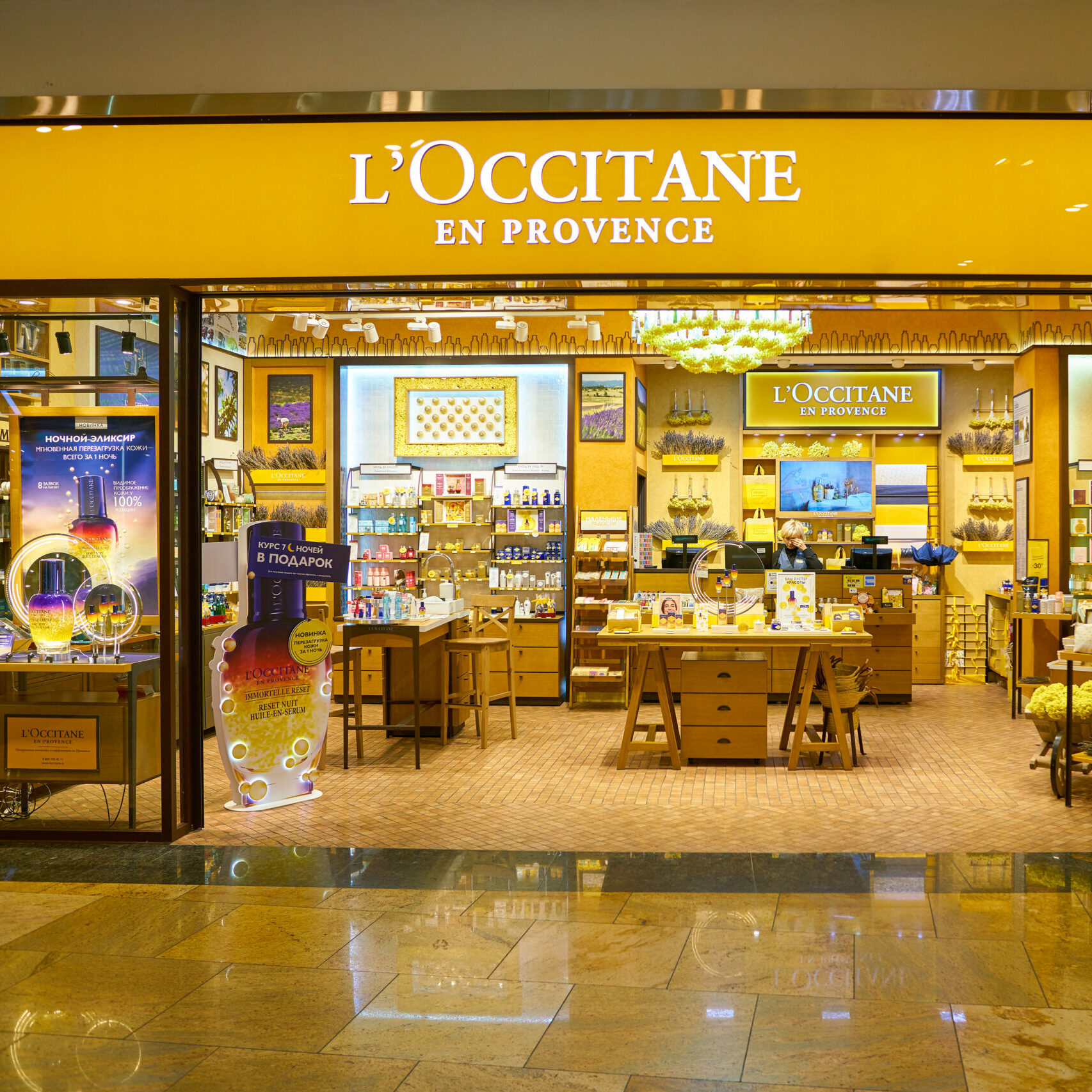In 2013, at the time the AIFM Directive was introduced, Luxembourg’s lawmakers took the opportunity to revamp the two existing limited partnerships with legal personality – the partnership limited by shares (SCA or société en commandite par action) and the common limited partnership (SCS or société en commandite simple).
Aware of the need to attract global fund managers more familiar with the Anglo-Saxon model, Luxembourg was keen to make the jurisdiction even more appealing by introducing a new legal form, the special limited partnership (SCSp or société en commandite spéciale), a vehicle without legal personality modelled on the English law limited partnership.
“The special limited partnership is proving to be attractive to both investors and asset managers,” says Pierre de Backer, Principal in the Investment Funds and Corporate practices at Deynecourt, a Luxembourg law firm. “This is mainly because they have the advantages of investor familiarity, of being flexible vehicles free from corporate law overrides, of maintaining limited liability for investors and of generally avoiding any tax leakage at the fund level.
“Replicating an Anglo-Saxon concept in a civil law jurisdiction might seem a little odd at first, but where the SCSp can be advantageous is that managers can benefit from Luxembourg’s fund management and administration infrastructure. Service providers here are very familiar with managing or administering SCA and SCS structures, and many would already have been supporting Cayman or Delaware LPs, for example.”
This is starting to reap benefits with the likes of Carlyle Group and Oaktree Capital Management choosing to run funds out of Luxembourg. Since 2013, more than 1,400 special limited partnerships have been established, most of which are unregulated.
De Backer adds that the Luxembourg limited partnership has a number of advantages over the English limited partnership.
“Although the SCSp does not have its own legal personality or capacity, all contributions, acquisitions and dispositions of assets are made in the name of the SCSp and not the in the general partner’s name nor any of the limited partners.
“That is quite practical as it means you don’t have to disclose the identity of investors in order to register an asset. This allows limited partners to ring-fence their assets from the claims from creditors of each of the partners,” explains de Backer.
In addition, unlike the UK where the limited liability veil can be pierced under certain circumstances, limited partners in a Luxembourg partnership are expressly permitted to be involved in internal acts of management of the partnership without forfeiting their limited liability, for instance when they exercise their rights as limited partners, provide advice or opinions to the partnership, exercise control over or supervise the business of the partnership, or provide loans, guarantees or security or any other type of financial assistance to the partnership. Limited partners will not lose their limited liability either, as a result of being a member of an internal committee whose approval must be sought before the partnership can act.
“Also, it is not mandatory to allocate a profit share to the general partner and there is no clawback on capital returns if the LP becomes insolvent,” concludes de Backer.
All three limited partnerships, whether they constitute “alternative investment funds” (AIF) and fall within the scope of AIFMD or not, can be set up under a specific regulatory regime in Luxembourg. They can also be formed as unregulated vehicles.
It is not because a limited partnership avoids product regulation that it falls outside the supervision of regulators” de Backer clarifies. “Unless it benefits from an exemption under AIFMD, an unregulated limited partnership that is an AIF must be managed by an authorised alternative investment fund manager (AIFM), and is therefore indirectly subject to regulatory oversight through its AIFM.”
Unregulated limited partnerships may not be the most suitable vehicles in all circumstances – they are historically closed-ended vehicles investing in illiquid strategies and some investors may be reluctant to have their investment tied up, especially when the partnership assets are liquid.
Second, the SCS and SCSp are tax transparent and some investors would prefer a tax opaque vehicle with access to double taxation treaties. Third the umbrella structure with segregated portfolios of assets and liabilities is not available to unregulated limited partnerships.
“Until recently, there were a number of drivers which determined whether a product should be subject to regulation above the regulation imposed by AIFMD, with investor preference high on the list,” comments de Backer.
“When the manager opted for a regulated vehicle, the specialised investment fund (fonds d’investissement spécialisé or SIF) regime was often preferred to the investment company in risk capital (société d’investissement en capital à risque or SICAR), mainly for its relative simplicity and extended investment scope. However, for a full scope AIFM targeting sophisticated investors, the double layer of regulation –of the fund and of the manager – seems excessive nowadays.”
Conscious that the regulatory approval of a SIF or SICAR could be long and cumbersome, Luxembourg introduced the reserved alternative investment fund (RAIF) in July 2016.
RAIFs combine most of the features and structuring flexibility of SIFs and SICARs, except that they are not supervised by the CSSF but are indirectly regulated through the RAIF’s AIFM, which in principle must be authorised in the EU. As a result, they are much quicker to market. “RAIFs, like SIFs and SICARs, can obviously be structured as limited partnerships”, adds de Backer
The main advantage of establishing a limited partnership as a RAIF rather than an unregulated limited partnership is that it can be operated as an umbrella fund with one or more sub-funds whose assets and liabilities are segregated from those of other sub‑funds.
Each sub-fund can for instance accommodate a different investment strategy. A RAIF can also be structured as a tax opaque entity and gain access to double taxation treaties and, because the RAIF replicates the model of the SIF and the SICAR, it can be structured as open- or closed-ended vehicles.
The introduction of the RAIF does not mean the SCS and the SCSp have become obsolete.
“Because a RAIF requires the AIFM to be authorised under AIFMD in Luxembourg or in the EU, we see some clients still setting up unregulated LPs that qualify as AIF. In that case, their AIFM would only be required to register with the CSSF, the Luxembourg regulator, as long as it manages assets below EUR100 million, including assets acquired through leverage, or EUR500 million, when the fund is closed-ended and uses no leverage,” says de Backer.
He says that besides private equity, real estate and infrastructure managers, Luxembourg LPs are, interestingly, favoured by UHNW individuals, such as family offices. Those investors are also keen to set up regulated funds for the extra flexibility they may bring, while being completely outside of the scope of AIFMD if they are reserved to a group of persons connected by a “close family relationship”.
“We now have a complete products and services toolbox to serve institutional and professional investors, UHNW individuals and family offices,” concludes de Backer.






